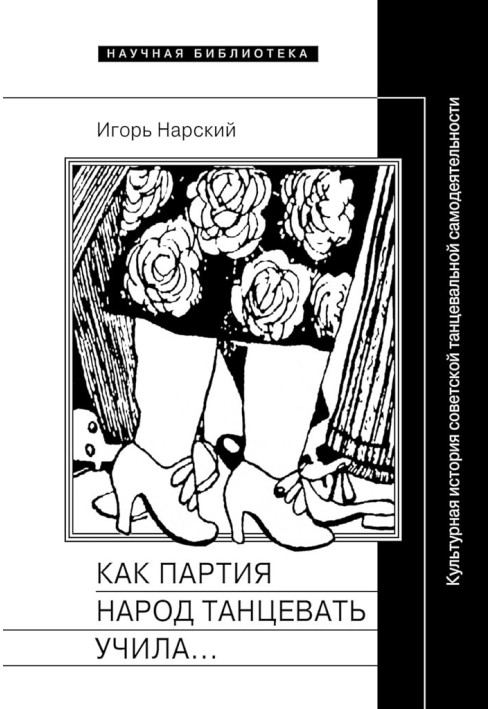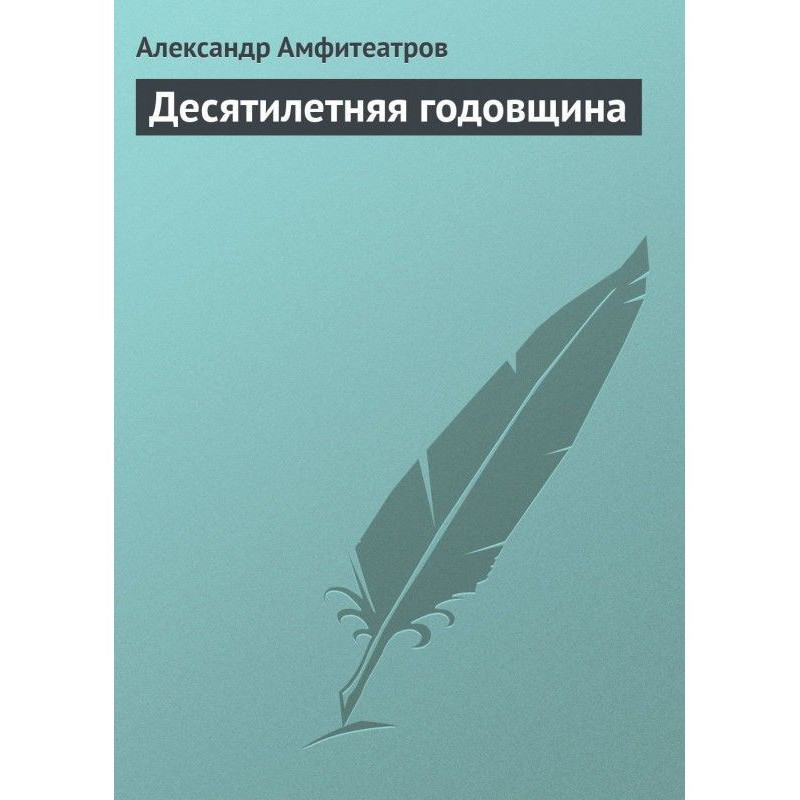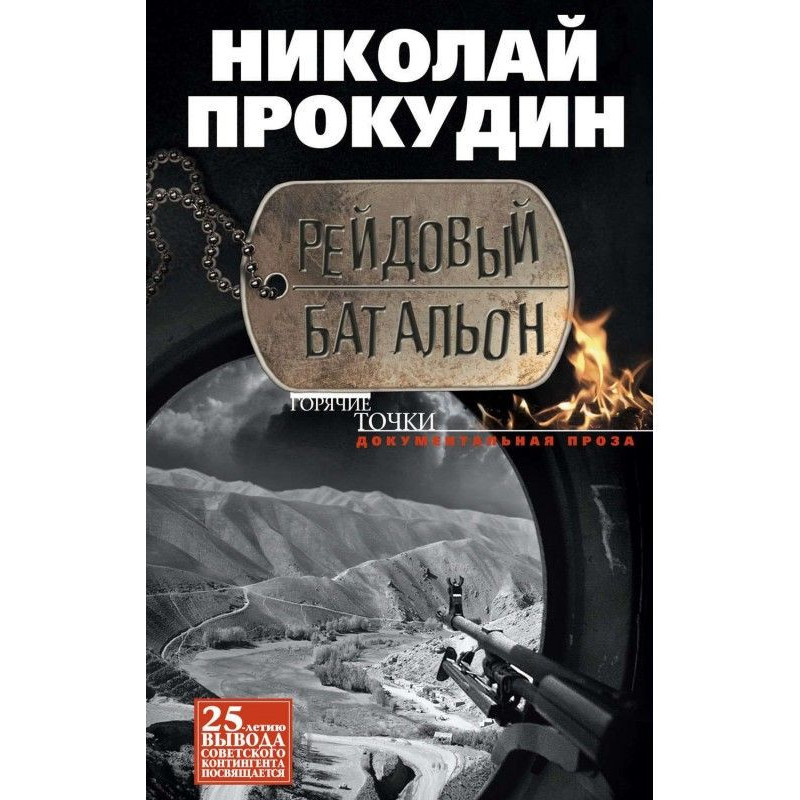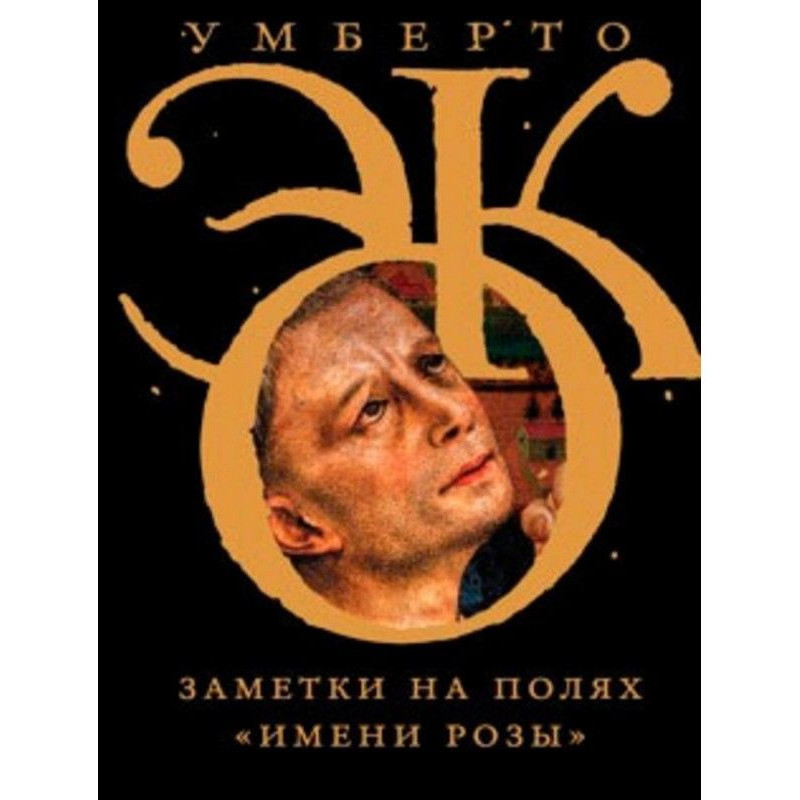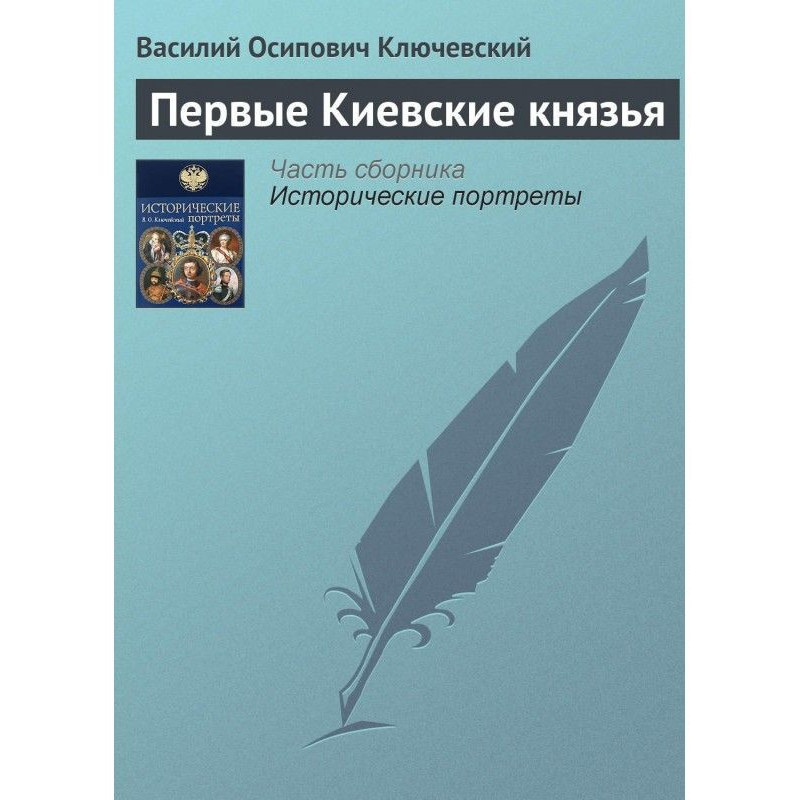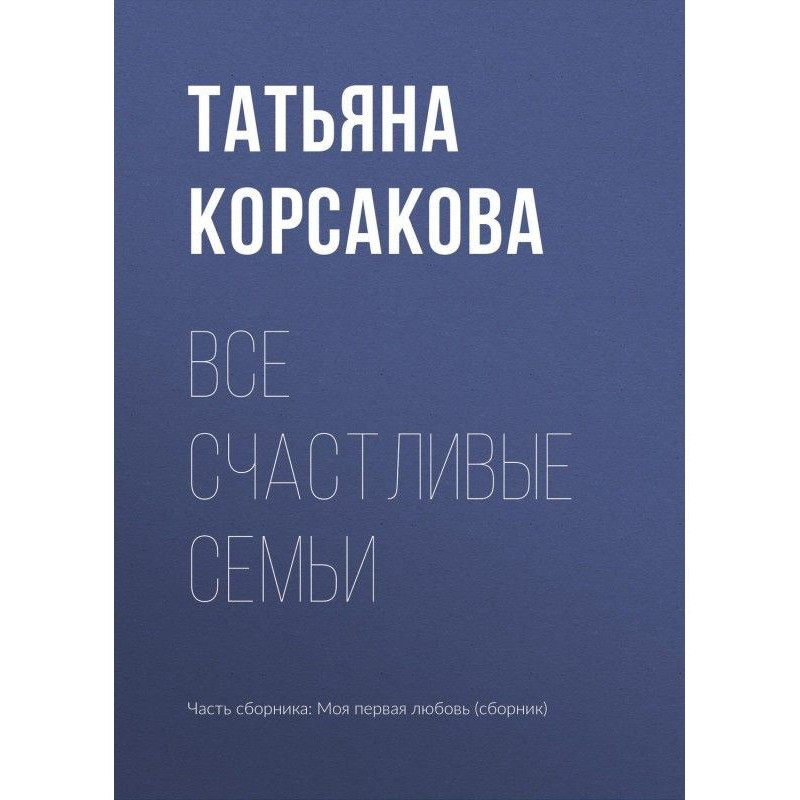How the party taught people to dance, how the choreographers helped it, and what came of it. Cultural history of Soviet amateur
 Instant download
Instant download
after payment (24/7)
 Wide range of formats
Wide range of formats
(for all gadgets)
 Full book
Full book
(including for Apple and Android)
Why did the Soviet state need rural dances on the city stage? How did Soviet choreographers invent folk dances? Why were some Soviet choreographers more vehemently opposed to modern Western dance than the leaders of the CPSU? How did participants in amateur dance performances privatize Stalin’s project of mass artistic creativity, aimed at nationalizing citizens’ leisure time? How did Soviet amateur choreography differ from its analogues in other countries? Combining the presentation of documents with historical sketches and memories of his own experience of participating in Soviet amateur performances of the 1960–1980s, alternately changing the research perspective and optics, the author raises these and many other questions. Proposing answers to them, the book introduces the reader to state policy regarding amateur dance in the USSR, to the ideas of professional choreographers about their tasks in relation to dance folklore and amateurism, as well as to the microhistory of the amateur dance group of the Chelyabinsk Tractor Plant.
Data sheet
- Name of the Author
- Игорь Нарский Владимирович
- Language
- Ukrainian
- Release date
- 2018
Reviews
Неперевершене дослідження радянської танцювальної культури!
Ця книга є справжнім відкриттям для всіх, хто цікавиться не лише історією танцю, але й культурною політикою радянського періоду. Автор глибоко аналізує, чому радянській державі були потрібні сільські танці на міській сцені, і як балетмайстри перетворювали народні традиції на масові вистави. Читач дізнається про боротьбу між традиційним і сучасним, про те, як хореографи ставали не лише творцями, але й захисниками радянських цінностей. Книга насичена документами, спогадами та історичними замальовками, що робить її не лише інформативною, але й емоційно насиченою. Особливо цікавою є мікроісторія танцювального колективу Челябінського тракторного заводу, яка показує, як аматорське мистецтво могло стати важливим елементом соціального життя. Хоча переклад тексту іноді має недоліки, загальна якість викладу та глибина аналізу компенсують це. Рекомендую цю книгу всім, хто хоче зрозуміти, як танець став інструментом ідеології в СРСР!

